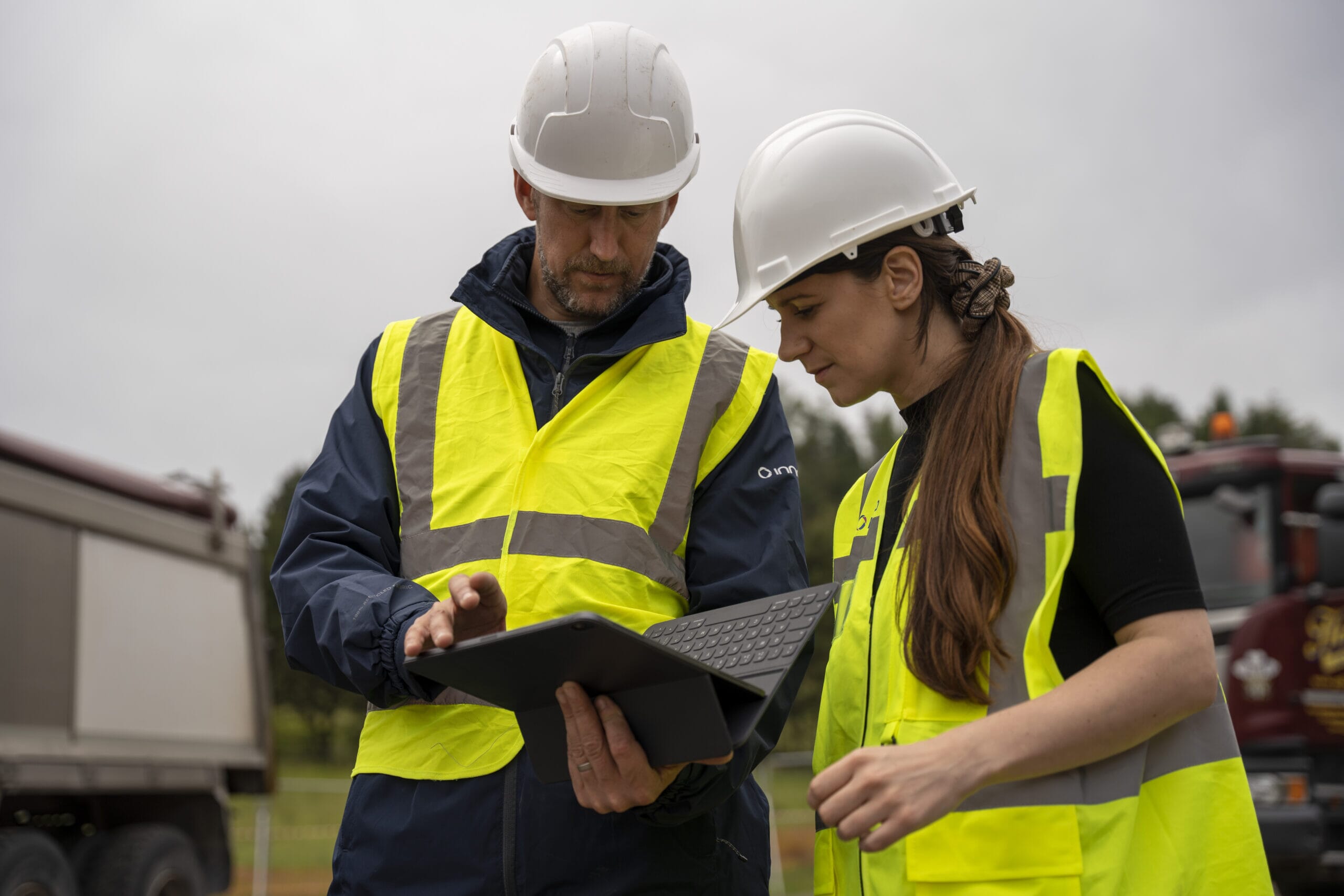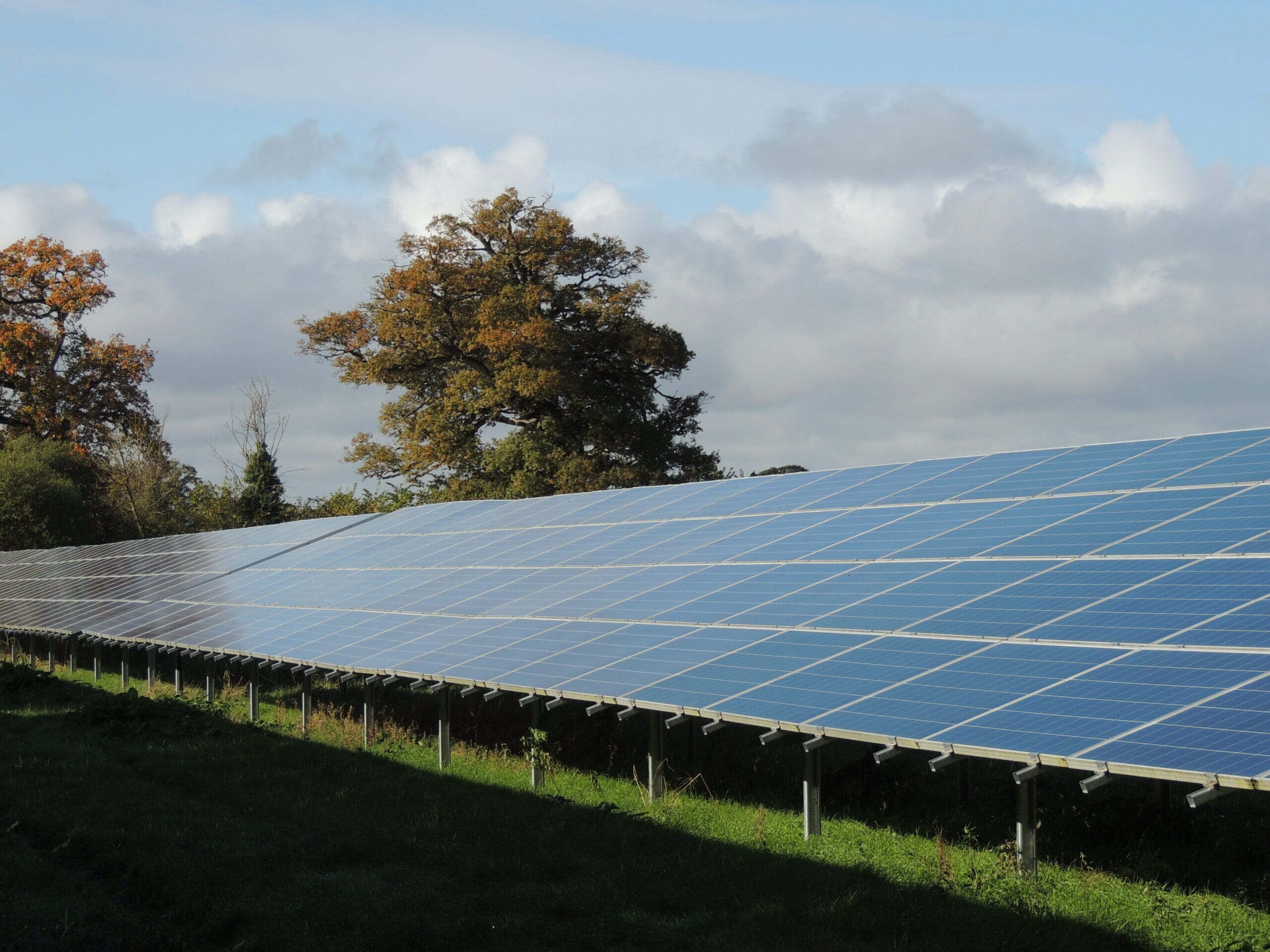The first cabinet meeting on climate change was convened in April 1989 by then Prime Minister, Margaret Thatcher. This looked at and identified the key potential options for the mitigation of carbon dioxide emissions by 2020. The identified mitigation options were to improve energy efficiency across the economy and then generation and the use of low carbon electricity.
Much of the work that underpinned this first meeting was undertaken by the Energy Technology Support Unit (ETSU). The ETSU was established in 1974 at a similar time to the Department of Energy. These were both setup during the oil crises of the 1970s, which marked the beginning of more active government energy policy.
The first Intergovernmental Panel on Climate Change (IPPC) report was published in 1990 and indicated that “Emissions resulting from human activities are substantially increasing the atmospheric concentrations of the greenhouse gases: carbon dioxide, methane, chlorofluorocarbons (CFCs) and nitrous oxide. These increases will enhance the greenhouse effect, resulting on average in an additional warming of the Earth’s surface.”
Three decades later and there’s a certain familiarity around the themes here to do with climate change, renewable energy, energy security and energy prices. We are in the midst of both a climate and ecological emergency, and now an energy crisis with the gas marketing becoming increasingly volatile following Russia’s invasion of Ukraine and the knock-on impact on energy security.
The IPPC Working Group I contribution to the Sixth Assessment Report, Climate Change 2021: The Physical Science Basis was released on 9 August 2021. This report provides new estimates of the chances of crossing the global warming level of 1.5°C in the next decades, and finds that “unless there are immediate, rapid and large-scale reductions in greenhouse gas emissions, limiting warming to close to 1.5°C or even 2°C will be beyond reach.” Strong and sustained reductions in emissions of carbon dioxide and other greenhouse gases would limit climate change. Benefits for air quality would become apparent quickly, however it could take 20-30 years to see global temperatures stabilise.
COP26 concluded in Glasgow in 2021 with nearly 200 countries, including the UK Government, agreeing the Glasgow Climate Pact to keep 1.5°C alive and finalise the outstanding elements of the Paris Agreement. The consensus was on urgently accelerating climate action.
In June 2022 the Climate Change Committee issued its Progress Report to Parliament. This set out that whilst the UK has a solid Net Zero strategy in place “Tangible progress is lagging the policy ambition. With an emissions path set for the UK and the Net Zero Strategy published, greater emphasis and focus must be placed on delivery.”
This report is directly linked to the rising costs of living and achieving Net Zero, stressing that reducing the demand for fossil fuels will not only reduce emissions but also help keep energy bills lower.
Solar is now the cheapest form of electricity generation and this is reflected in The British Energy Security Strategy, published in April 2022 which anticipates a five-fold increase in solar deployment by 2035 from today’s 14GW.
This week we have heard views on solar farms that are particularly alarming. They appear to be suggesting solar farms will remove great swathes of productive agricultural land, which is wildly inaccurate. These views simply do not align with the recent BEIS survey which found that over 80% of the public would be happy to have ground mounted solar in their local area.
In some ways, this mirrors much of the challenges that we face as an industry when submitting planning applications for ground mounted solar projects to local planning authorities. The decision makers are often drawn to the views of a small number of vocal opponents, without sufficiently factoring in both the local and wider societal benefits of delivering affordable, low impact and rapidly deployable solar projects.
In the three decades since that first cabinet meeting on climate change we have seen a substantial shift in policy, technological advancements and societal change since the late 1980s. This has resulted in a significant increase in renewable electricity supplying the grid. However, now more than ever is the time that we must ensure that the delivery of new renewable energy generation does not plateau. It must continue to grow significantly, and quickly. Technologies like solar can make an important contribution to that and should be encouraged, rather than held back.

